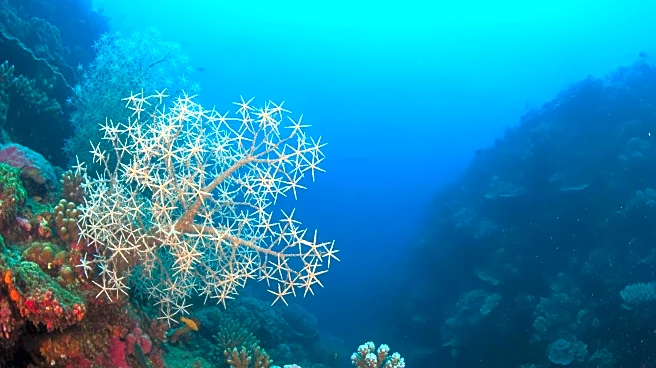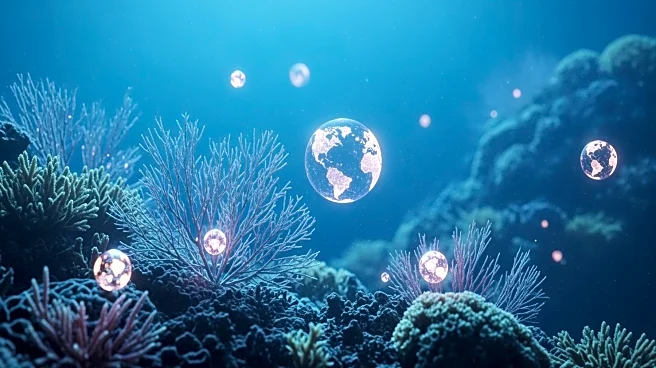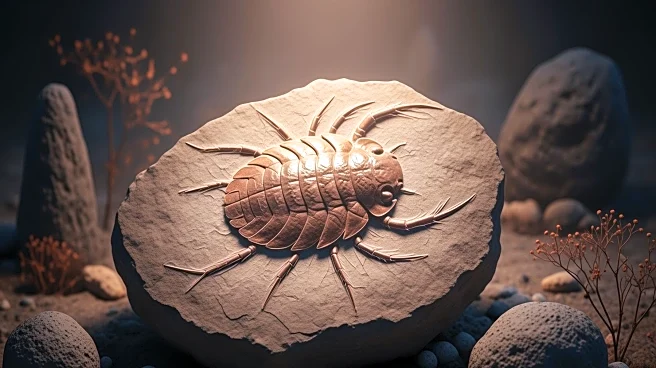What's Happening?
Scientists at the European Molecular Biology Laboratory (EMBL) have made significant strides in understanding marine protists, microscopic organisms that play a crucial role in Earth's ecosystems. During
the COVID-19 pandemic, EMBL Group Leader Gautam Dey collaborated with Omaya Dudin to adapt a new imaging method, expansion microscopy, to visualize the internal structures of Ichthyosporea, a marine protist. This technique, originally developed at MIT and refined by researchers at the University of Geneva, allows scientists to study the complex internal architecture of these organisms by making their tough cell walls permeable. The collaboration has led to a comprehensive study of over 200 plankton species, providing detailed insights into their cellular structures. This research is part of the PlanExM project, aimed at mapping the structural diversity of plankton using expansion microscopy.
Why It's Important?
The breakthrough in expansion microscopy has significant implications for marine biology and environmental science. By revealing the intricate cellular structures of protists, scientists can better understand their evolutionary significance and ecological roles. Protists are vital to the ocean food chain and contribute significantly to global oxygen production. The ability to study these organisms in detail could lead to advancements in biodiversity genomics and help address environmental challenges such as climate change. The research also opens up possibilities for evolutionary predictions, enhancing our understanding of how cellular architecture has diversified over time. This knowledge is crucial for developing strategies to protect marine ecosystems and maintain biodiversity.
What's Next?
The EMBL team plans to continue their research by focusing on specific species within the broad collection of protists. They aim to answer questions related to the evolution of mitosis, multicellularity, and phenotypic diversity. The collaboration has secured a CHF 2 million grant from the Moore Foundation to further expand their studies. Future research will involve high-throughput imaging and comparative analyses to decode evolutionary patterns and associate new multiomics data with cellular physiology. This ongoing work has the potential to transform our understanding of microscopic life and its impact on global ecosystems.
Beyond the Headlines
The use of expansion microscopy in marine research highlights the intersection of technology and biology, showcasing how innovative imaging techniques can revolutionize scientific exploration. This approach not only enhances our understanding of protists but also sets a precedent for studying complex environmental samples. The research underscores the importance of interdisciplinary collaboration in advancing scientific knowledge and addressing global challenges. As scientists continue to explore the ocean's invisible life, ethical considerations regarding biodiversity conservation and environmental impact will become increasingly relevant.












